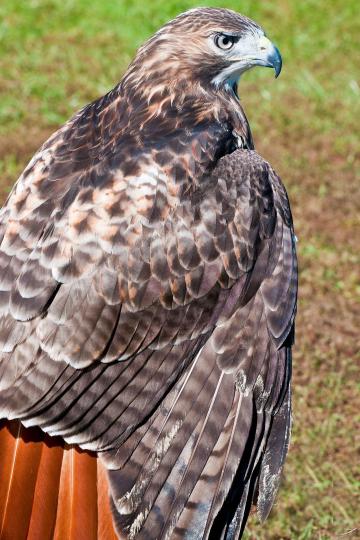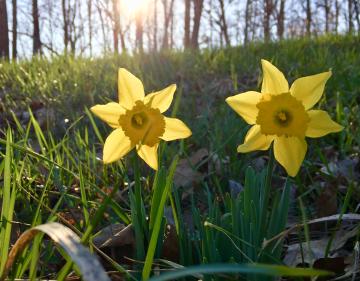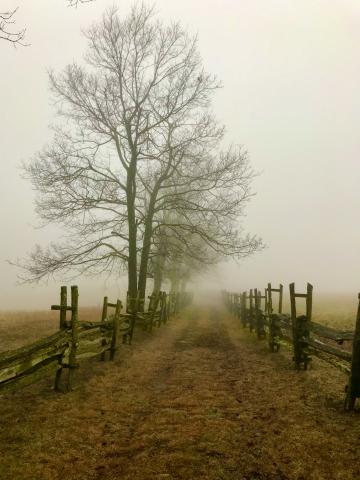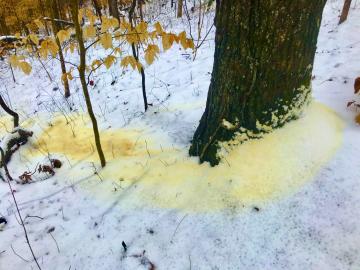The Freeze in the Trees
We had a hard freeze recently at a bad time for some trees, with many just putting out those very succulent and tender new leaves. A number of trees and shrubs got hammered in my yard, totally wiping out all of the leaves, and many forest trees took the same hit. If your trees were impacted too, you may be wondering what all this means in terms of tree health and fruit/nut production.
- Read more about The Freeze in the Trees
- Log in to post comments









